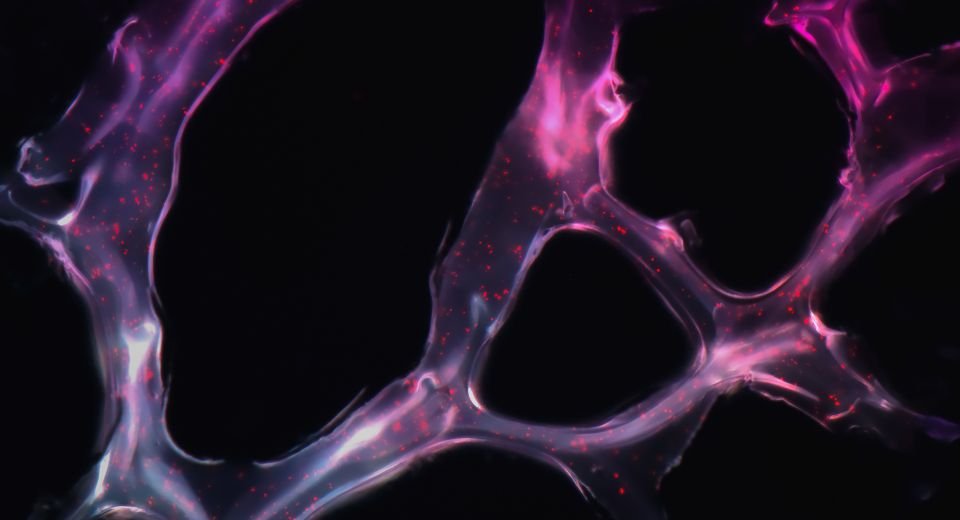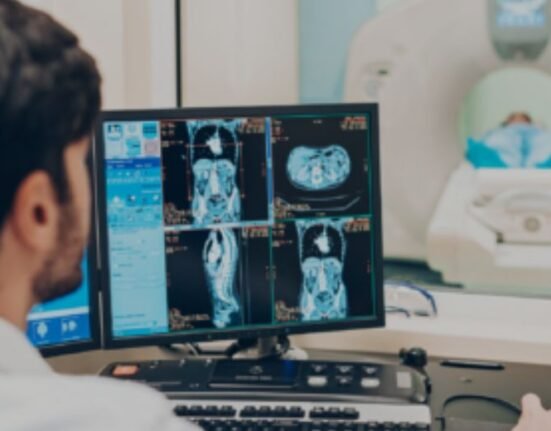HQ Team
November 20, 2024: A team of researchers from Kumamoto University has found that unique RNA structures known as G-quadruplexes (G4s) facilitate the harmful aggregation of α-synuclein, a key protein implicated in neurodegenerative diseases, particularly Parkinson’s disease.
Understanding Parkinson’s Disease
Parkinson’s disease (PD) affects approximately 6.1 million individuals globally.
The disease is characterized by a progressive degeneration of dopaminergic neurons in the substantia nigra (found in the mid brain), leading to a deficiency of dopamine, which manifests in clinical symptoms such as resting tremors, slowness of movement, rigidity, and postural instability
The hallmark of Parkinson’s pathology is the accumulation of α-synuclein protein into aggregates called Lewy bodies, which disrupt neuronal function and contribute to cell death. While the exact cause of Parkinson’s remains unclear, genetic mutations and environmental factors are believed to play significant roles. Age is a substantial risk factor, with projections suggesting that by 2030, the prevalence of PD could increase by over 50% due to the aging population and extended life expectancy
Role of G-Quadruplexes
In healthy neurons, α-synuclein regulates various functions; however, under stress conditions—often marked by elevated calcium levels—it tends to misfold and aggregate. G4s have been shown to interact with other proteins involved in neurodegeneration, such as tau. Research indicates that tau can accelerate α-synuclein aggregation, suggesting a complex interplay between these proteins that may be mediated by G4 structures. This interaction can enhance the toxicity and spread of neurodegenerative pathology
The Kumamoto University researchers led by Professor Norifumi Shioda and Associate Professor Yasushi Yabuki found that G4s act as scaffolds that attract α-synuclein, promoting its aggregation into toxic forms. This discovery highlights G4s as potential targets for therapeutic intervention.
Promising treatment approach
The research team demonstrated that administering 5-ALA, a compound known to inhibit G4 formation, effectively prevented α-synuclein aggregation in model mice exhibiting Parkinson’s-like symptoms.
Remarkably, this treatment not only halted the progression of motor symptoms but also opened a new avenue for early intervention strategies in neurodegenerative diseases.
Broader implications
Given that G4s are also implicated in other neurodegenerative conditions such as Alzheimer’s disease, this discovery could have far-reaching implications for developing treatments across multiple disorders. By targeting G4 regulation, researchers may pave the way for innovative therapies aimed at improving the quality of life for aging populations affected by neurodegeneration.
By focusing on G4s and their role in α-synuclein aggregation, scientists are one step closer to developing effective preemptive strategies against these debilitating conditions.
The study is published in the journal Cell.








